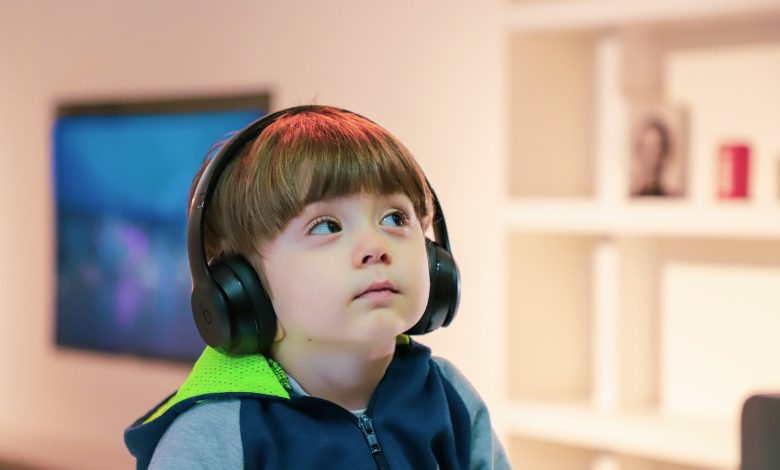
Autism, or Autism Spectrum Disorder (ASD), is a complex developmental condition characterised by challenges in social interaction, communication and repetitive behaviours. The British Medical Association has estimated that approximately 700,000 people in the UK have a diagnosis of autism, and that 1 in 100 children in the UK have been diagnosed with ASD.
While autism manifests differently in each individual, researchers have identified several subtypes or classifications within the spectrum. Understanding these variations can help promote better understanding, support and tailored interventions for individuals with autism. With this in mind, this article discusses the number of different types of autism there are and explores the nuances of the spectrum.
What Are Some Different Types Of Autism?
1. Autistic Disorder (Classic Autism)
Autistic Disorder, which is often referred to as classic autism, was one of the original subtypes of autism described in the DSM-IV (Diagnostic and Statistical Manual of Mental Disorders, Fourth Edition). Individuals with classic autism typically exhibit significant challenges in social interaction, communication and behaviour.
They may have delayed language development, difficulty maintaining eye contact and engage in repetitive movements or rituals. According to Dr Ilan Ben-Zion, the Clinical Director of The Oak Tree Practice which provides autism assessments and support, “Sensory sensitivities are also common among individuals with classic autism.”
2. Asperger Syndrome
Asperger Syndrome is another subtype of autism characterised by milder symptoms compared to classic autism. Individuals with Asperger Syndrome often have normal to above-average intelligence and may exhibit strong interests or specialised knowledge in specific subjects.
While they may struggle with social skills and communication, they typically have well-developed language skills. People with Asperger Syndrome may also display repetitive behaviours and intense focus on particular topics.
3. Pervasive Developmental Disorder-Not Otherwise Specified (PDD-NOS)
PDD-NOS was a subtype of autism used to classify individuals who exhibited some, but not all, of the diagnostic criteria for classic autism or Asperger Syndrome. It was often referred to as atypical autism. However, with the publication of the DSM-5, the term PDD-NOS was replaced with the broader diagnosis of Autism Spectrum Disorder (ASD), which encompasses a wide range of symptoms and severity levels.
4. Childhood Disintegrative Disorder (CDD)
Childhood Disintegrative Disorder is a rare form of autism characterised by a significant loss of previously acquired skills, such as language, social and motor skills, usually occurring between the ages of 2 and 10 years old. Children with CDD typically develop typically during the first few years of life before experiencing a sudden regression in skills. The cause of CDD remains unclear, and more research is needed to understand this subtype further.
5. Rett Syndrome
Rett Syndrome is a genetic disorder that predominantly affects females and is often considered a separate condition from autism. However, individuals with Rett Syndrome may exhibit autistic-like behaviours, including social and communication challenges, repetitive movements and hand-wringing. Rett Syndrome is caused by mutations in the MECP2 gene and is characterised by a loss of motor and cognitive function, seizures and other neurological symptoms.
6. Other Specified and Unspecified Autism Spectrum Disorders
In addition to the specific subtypes mentioned above, the DSM-5 introduced the categories of Other Specified Autism Spectrum Disorder (ASD) and Unspecified Autism Spectrum Disorder (ASD). These categories are used when an individual’s symptoms do not fit the criteria for any of the defined subtypes but still present significant challenges in social communication and behaviour.
Final Thoughts
Autism is a complex and diverse spectrum with varying degrees of severity and presentation. While the DSM-5 no longer distinguishes between subtypes like classic autism, Asperger Syndrome and PDD-NOS, understanding the range of characteristics and behaviours associated with autism is crucial for providing appropriate support and interventions.
Each individual with autism is unique, and recognizing and respecting these differences is essential for fostering inclusion, acceptance and understanding in society. Continued research into the underlying causes and mechanisms of autism spectrum disorders is vital for developing more effective treatments and interventions tailored to the diverse needs of individuals on the spectrum.



